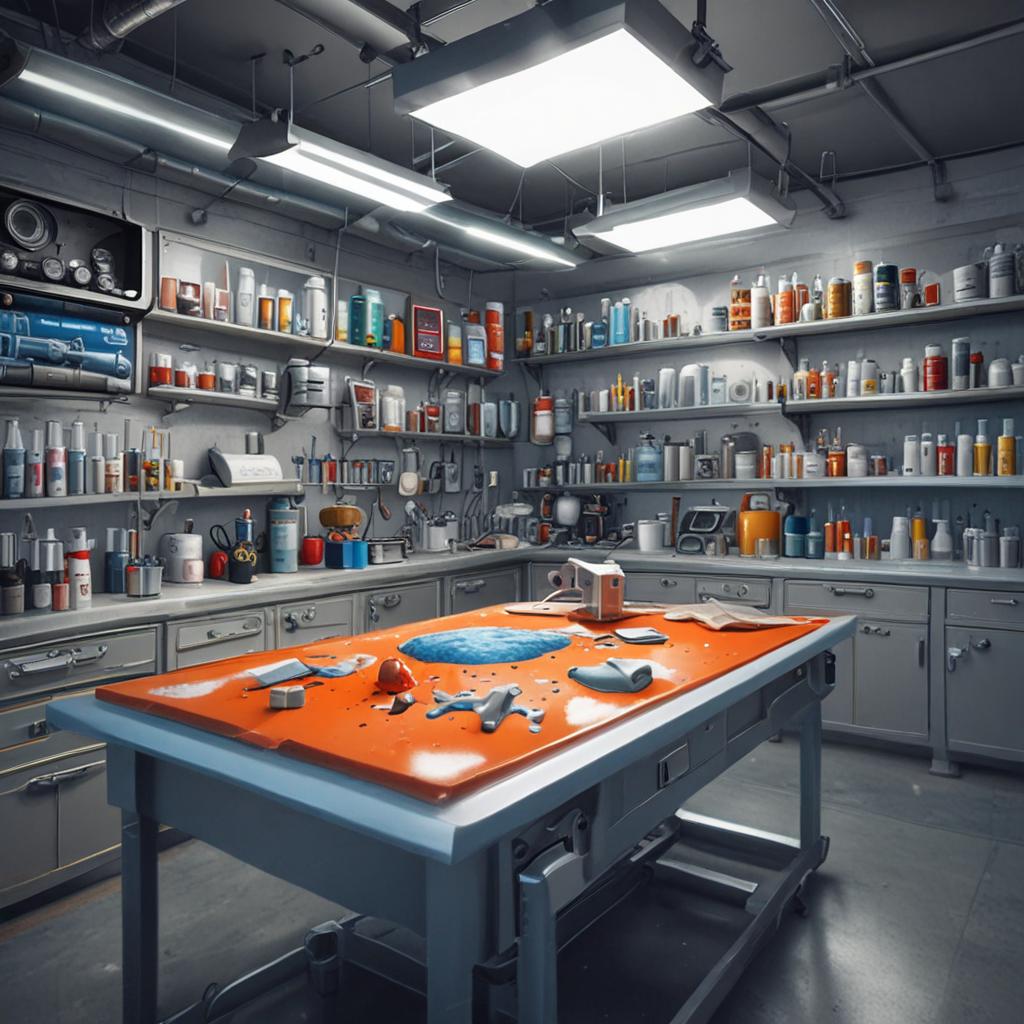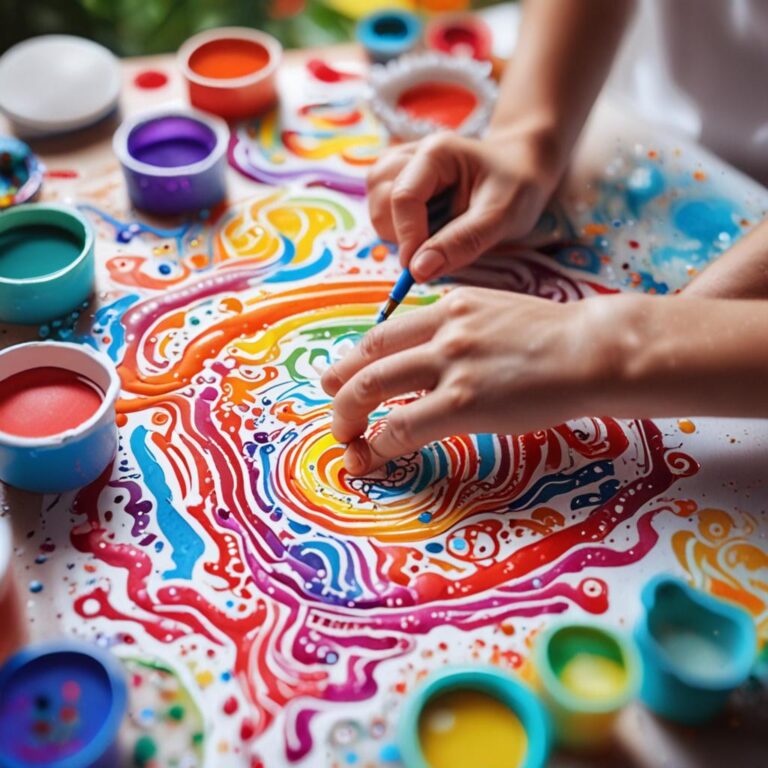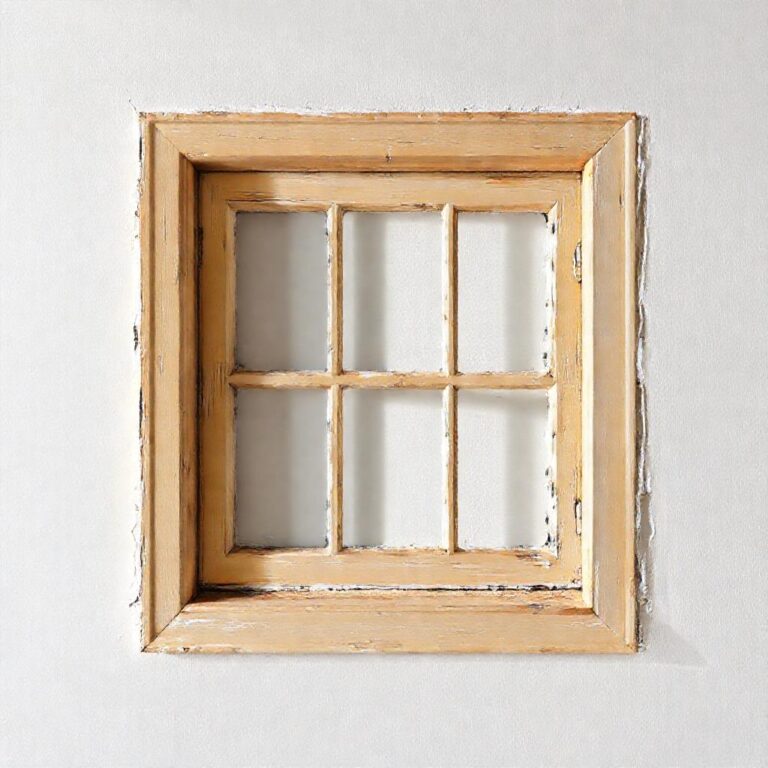How to Make Tacky Paint Dry When Painting Rubber
Painting rubber surfaces can be a rewarding way to customize items like shoes, seals, or DIY crafts, but it often comes with a frustrating problem: tacky paint that never fully dries. Rubber’s unique properties—its flexibility, oil content, and non-porous texture—can trap moisture and hinder proper adhesion, leaving your painted finish sticky and unattractive. This guide will walk you through the science behind the issue and provide actionable steps to ensure your paint dries smoothly and lasts long. Whether you’re a seasoned crafter or a first-time painter, these tips will help you avoid the sticky trap and achieve professional results.
Historical Timeline
2010
Introduction of UV-curing tacky paints for rubber surfaces
2015
Development of heat-accelerated drying techniques for rubber coatings
2018
Commercialization of fast-drying tacky paint formulations
2022
Adoption of solvent-free drying methods for eco-friendly rubber painting
2025
Integration of AI-driven drying optimization for rubber paint applications
Timeline infographic for How to Make Tacky Paint Dry When Painting Rubber
Understanding Why Paint Stays Tacky on Rubber
The Nature of Rubber Surfaces
Rubber is inherently non-porous and oily, which means it doesn’t absorb paint like wood, plastic, or metal. The material’s surface tension often repels standard paint, causing it to bead or remain wet. Additionally, rubber’s flexibility can lead to cracking or peeling if the paint isn’t formulated to bend without losing integrity.
Common Causes of Tacky Paint
Several factors contribute to tacky paint on rubber. Improper surface preparation, such as skipping cleaning or sanding, leaves residues that prevent adhesion. Using low-quality or incompatible paints can result in incomplete curing. High humidity and low temperatures also slow evaporation, while painting too thickly traps solvents inside the coat. Understanding these pitfalls is the first step toward fixing them.
Preparing the Rubber Surface for Painting
Cleaning the Rubber Surface
A clean surface is critical for successful painting. Wash the rubber with mild soap and water to remove dirt, then wipe it with isopropyl alcohol (70% or higher) to eliminate oils and waxes. Let the surface dry completely before moving on to the next step. For heavily soiled rubber, consider using a degreaser designed for industrial materials.
Sanding the Surface
Light sanding helps paint grip rubber by creating subtle texture. Use fine-grit sandpaper (220–320 grit) in a circular motion, avoiding excessive pressure that could damage the rubber. After sanding, wipe away dust with a clean, damp cloth to prevent it from mixing with your primer or paint.

Applying a Primer
A rubber-specific primer acts as a bridge between the material and the paint. It neutralizes the surface’s oils and provides a base for better adhesion. Apply the primer in thin, even coats using a brush or spray, and allow it to dry fully as per the manufacturer’s instructions. Skipping this step is a common reason for failed rubber painting projects.
Choosing the Right Paint for Rubber
Types of Paint Suitable for Rubber
Stick to paints formulated for flexible or rubber surfaces, such as acrylic enamel, rubberized enamel, or vinyl acrylic. These paints are designed to remain elastic without cracking. For small projects, craft acrylics work well when paired with a primer. Avoid standard latex or water-based paints unless you’re planning to add a primer.
Factors to Consider When Selecting Paint
Look for paint that offers flexibility to match rubber’s movements and durability to resist wear. Check the label for compatibility with rubber and ensure it can withstand exposure to sunlight or water, depending on your project’s needs. Investing in higher-quality paint may save time and effort in the long run by reducing the risk of tackiness.
Applying Paint to Rubber Surfaces
Proper Painting Techniques
Apply paint in thin, even layers to avoid pooling and slow drying. Use a spray paint for consistent coverage or a small brush for detailed work. Work in a well-ventilated area to promote airflow, which aids in faster evaporation. If using a brush, opt for one with soft bristles to minimize streaking and harsh strokes.
Drying Between Coats
Allow each paint layer to dry completely before adding the next. Rushing the process can lead to clumpy, sticky finishes. For acrylic or enamel paints, wait at least 1–2 hours between coats. Some types may need overnight drying. Patience here ensures a smooth, professional final coat.
Speeding Up the Drying Process
Controlling Environmental Conditions
Paint in a dry, warm environment to accelerate drying. High humidity and cold temperatures prolong curing times, increasing the risk of tackiness. If possible, paint indoors with a dehumidifier running or position your work near a heat source. Avoid direct sunlight, as it can cause uneven drying.
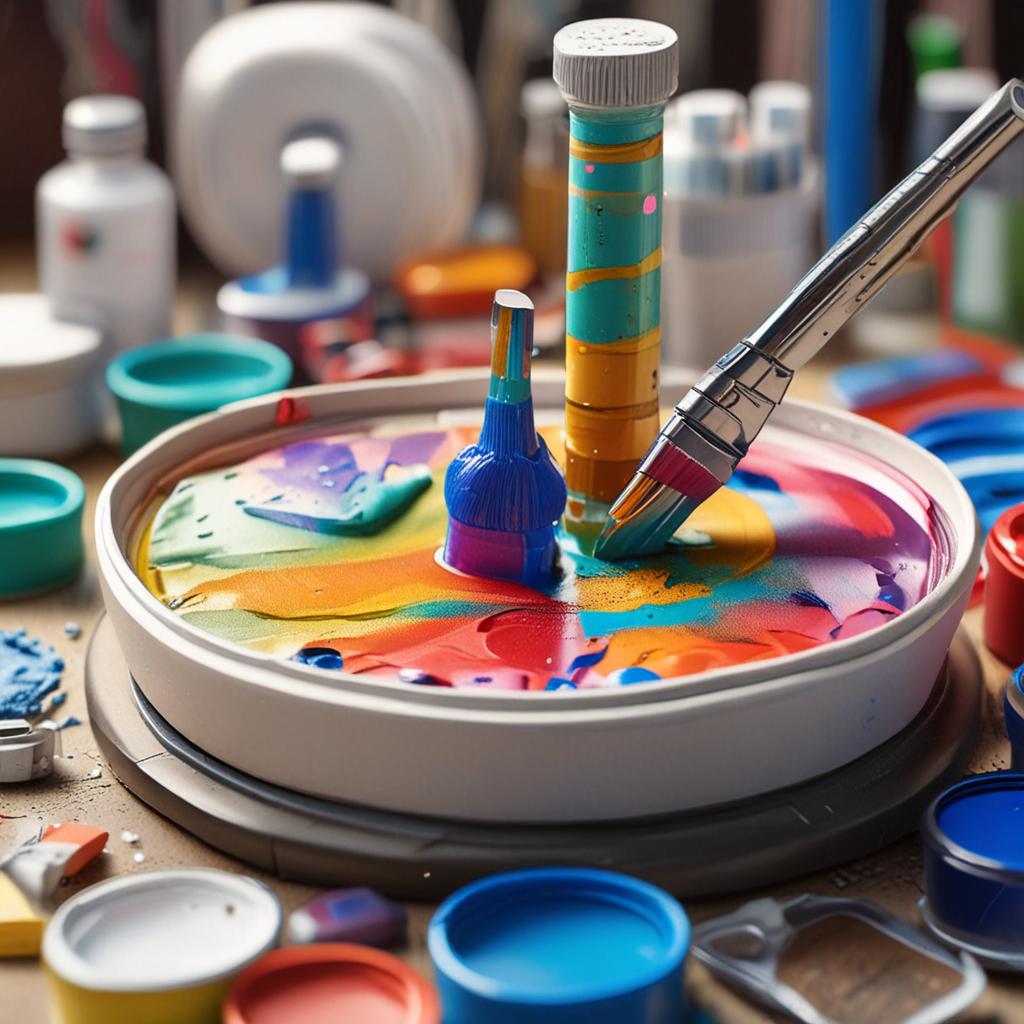
Using a Hair Dryer or Heat Gun
A hair dryer on a low, cool setting can help evaporate solvents from a fresh coat, speeding up drying. For spray paints, switch to warm air only after the first layer is set. Keep the tool at least 12 inches away to prevent melting or bubbling. Never use high heat, as it can warp the rubber or harm the paint’s flexibility.
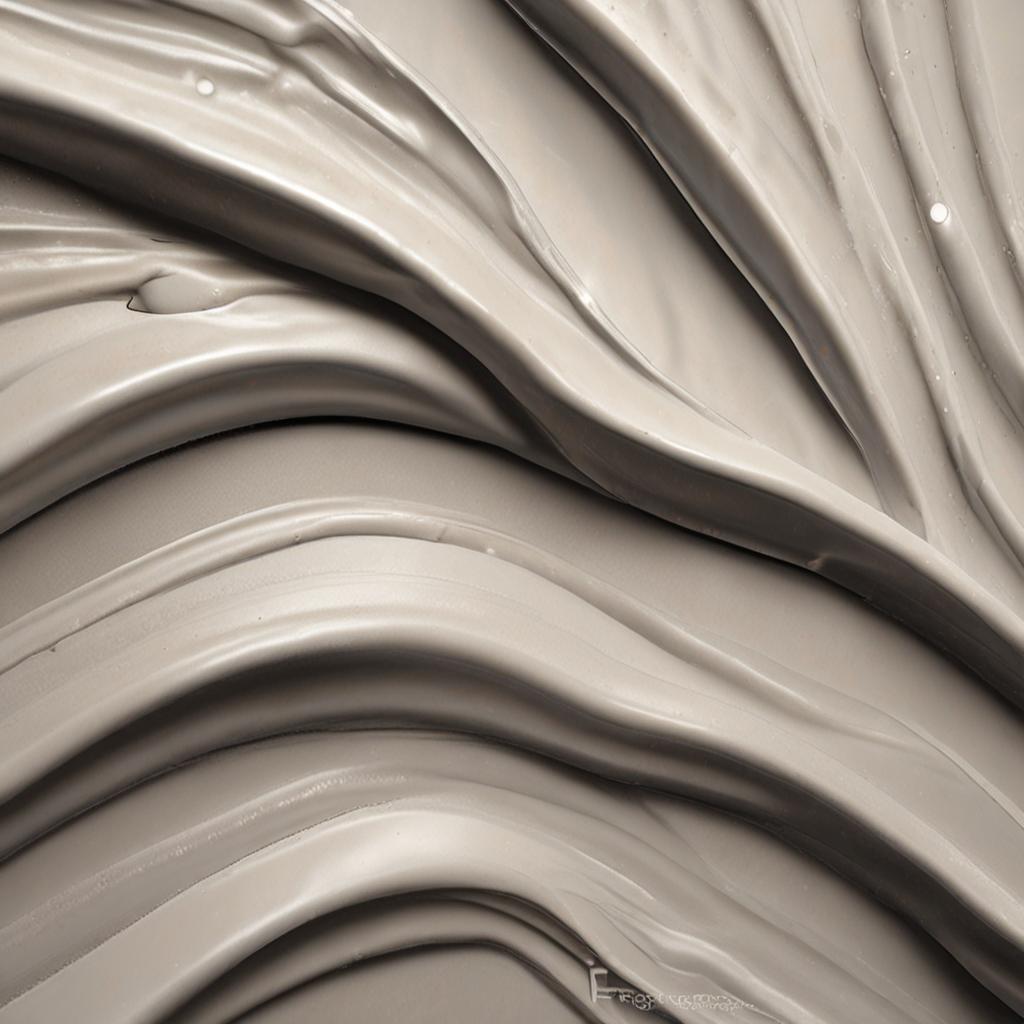
Applying a Drying Accelerator
Drying accelerators like spray-on fast-dry mediums can reduce curing time without compromising quality. These products work by evaporation and chemical reaction, depending on the formula. Apply a light mist over the paint layer, following the product’s guidelines. Always test accelerators on a small area first to ensure compatibility.
Fixing Tacky Paint on Rubber
Assessing the Situation
Identify whether the tackiness is from an uncured coat or a failed application. Gently touch the paint—if it’s still soft, you may be able to salvage it by letting it cure longer. If the paint remains sticky after 24 hours, it’s likely incompatible with the rubber and will need to be removed.
Removing Tacky Paint
Use a rubber-safe paint thinner or mineral spirits to strip sticky paint. Dampen a cloth with the solvent and rub in a circular motion. For stubborn layers, consider a gentle sanding with fine-grit paper before cleaning. Always wear gloves and ensure proper ventilation when using chemical removers.
Applying a Fixative or Sealant
Once the surface is clean, reapply paint using the correct materials and techniques. For a durable finish, seal it with a flexible clear coat, such as acrylic spray or rubber-specific varnish. This step not only locks in the paint but also provides an extra layer of protection against moisture and UV exposure.
Conclusion
Painting rubber successfully requires understanding the material’s challenges and following a structured process. Clean the surface thoroughly, sand lightly, and use a primer to create a stable base. Choose compatible paints and apply them in thin, patient layers. Control your environment and utilize drying aids like sealants or accelerators to avoid tackiness. By combining preparation, the right tools, and a bit of time, you’ll transform rubber into a beautifully painted, long-lasting creation.
FAQ Section
Why does paint stay tacky on rubber?
Paint can remain tacky due to improper surface preparation, unsuitable paint, or unfavorable environmental conditions like high humidity. Rubber’s non-porous nature and residual oils also prevent proper adhesion and evaporation.
Can I use regular paint on rubber?
Regular paint may not adhere well to rubber. It’s best to use paint specifically designed for flexible surfaces or apply a rubber primer first. This ensures the paint bonds and cures correctly without peeling or remaining sticky.
How long does it take for paint to dry on rubber?
Drying time varies by paint type and conditions, but most rubber-compatible paints take 1–2 hours to dry to the touch and 24 hours to fully cure. Always check the manufacturer’s recommendations for specific timelines.
What should I do if the paint is still tacky after drying?
Assess the situation: if the paint is still wet, give it more time. If it’s permanently sticky, gently remove it with a solvent and repaint using proper techniques. A sealant can also help prevent future issues.
Can I use a hair dryer to speed up the drying process?
Yes, but use a hair dryer or heat gun on a low setting and keep it at least 12 inches away from the surface. Avoid prolonged exposure to prevent warping or damaging the paint’s flexibility.

